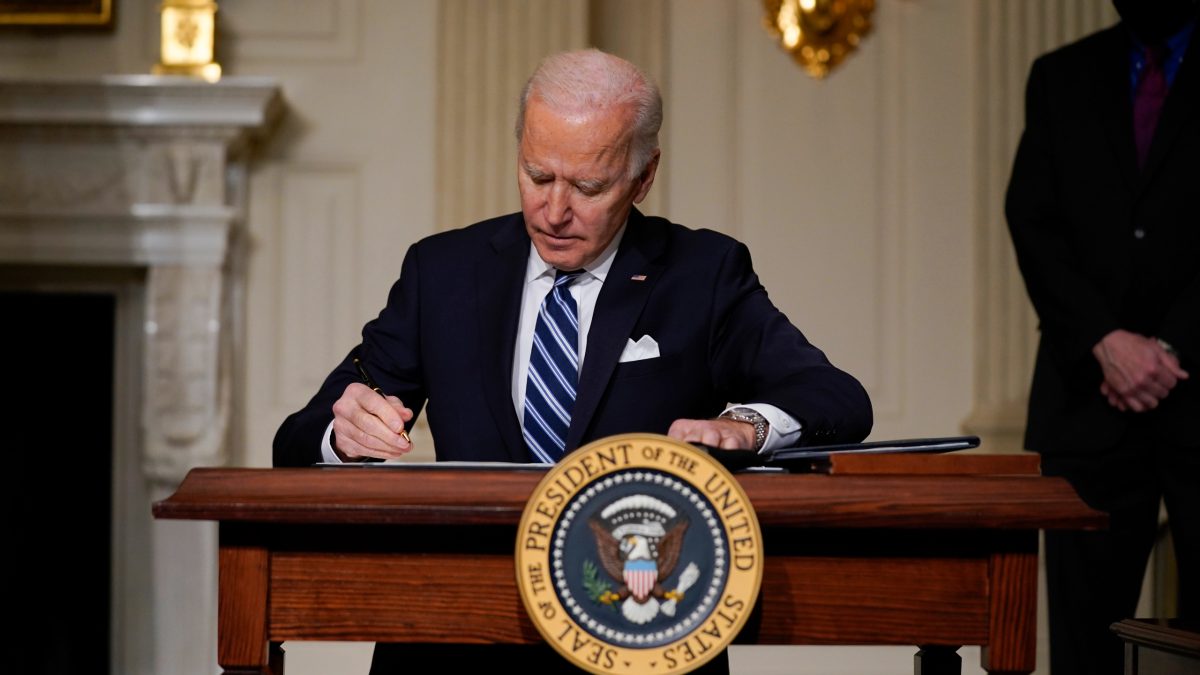On November 7, 2017, Democrat Phil Murphy won the New Jersey Gubernatorial election with 56% of the vote, making him the Governor-Elect of New Jersey. Considering the brooding atmosphere amongst New Jersey citizens with Governor Christie, polling at 15% approval, and current disappointment in the Republican presidency, it is unsurprising that Republican candidate Lieutenant Governor Kim Guadagno was unsuccessful in her gubernatorial run.
Montclair State University’s Center for Cooperative Media Associate Director, Joe Amditis, stated, “I didn’t like either candidate, but I was a one issue voter [that issue being legal marijuana] …. It’s a victory in the war on drugs.”
NJIT’s Junior Civil Engineering student Jorge Fuentes stated, “It would have been more interesting if CNN hadn’t called it so early [referring to the news organization projecting a Murphy victory as soon as the polls closed], but I expected Murphy to win anyway.”
Under the Murphy administration we have been told to expect legalized marijuana, stricter gun control, increases in minimum wage, and social programs funded by increased taxes. Murphy promises that these tax hikes will be mostly for those in the top tax brackets who can afford it and that he would improve the economy of New Jersey so that there is more revenue to tax as a whole.
Following the data from Colorado’s marijuana legalization, Murphy’s plans for legalization could draw in hundreds of millions of dollars in tax revenue along with billions of dollars of economic stimulus through jobs in the marijuana industry and “weed tourism.” Considering the presence of legal recreational marijuana is virtually absent on the east coast, and New Jersey is centered in a dense metropolitan area, these profits could grow even higher.
Billions of dollars of economic activity however may not be enough to offset the Governor-Elect’s plans to fund the education system or to finance the pension and healthcare plans of New Jersey’s 800,000 state employees. He points out that the education system is underfunded by nine billion dollars, while financing pensions and health care would cost another fifteen billion dollars.
According to nj.com, this year’s election had the lowest ever voter turnout for a gubernatorial election in New Jersey’s history, with only 35% of registered voters coming out to vote. At the same time, most students who I talked to on our campus were either unaware of an upcoming election or had no opinion on the subject matter.
Speaking to Montclair State University’s Joe Amditis, who is also a project coordinator for Voting Block: NJ, an organization which makes politics local by bringing townspeople together over dinner to discuss political opinions and what really matters to them, when asked whether or not NJIT should join in on such projects to increase voter knowledge and potentially voter turnout Mr. Amditis was eager to report that Montclair and numerous other institutes have successfully carried out such round-table political discussions.
At the end of the election, it seems that the only surprising turn of events was the low bar-setting voter turnout, which we can only hope organizations like Voting Block: NJ can change.































